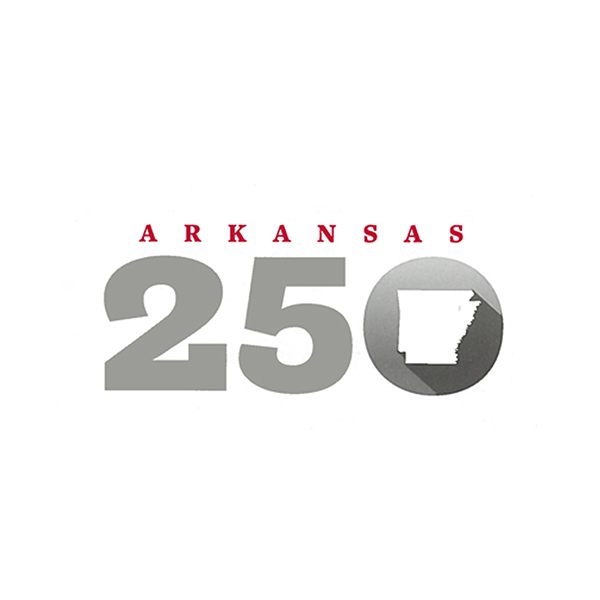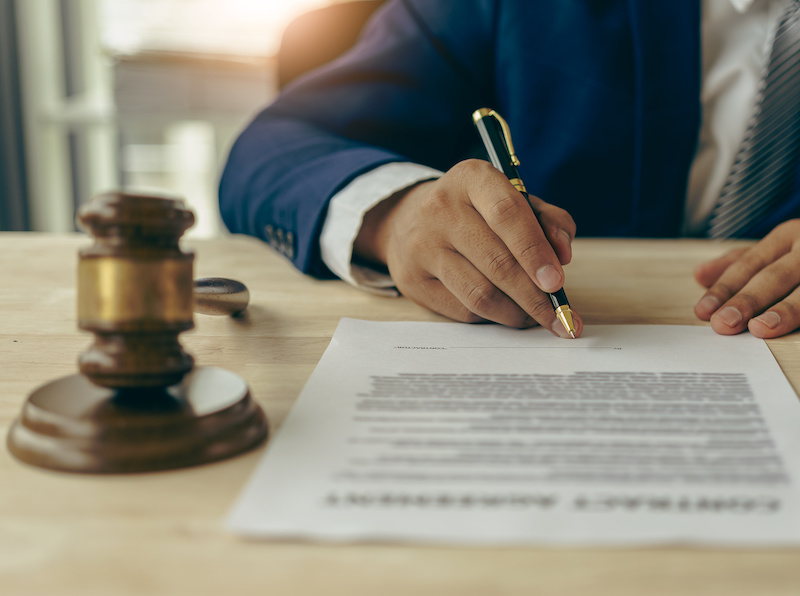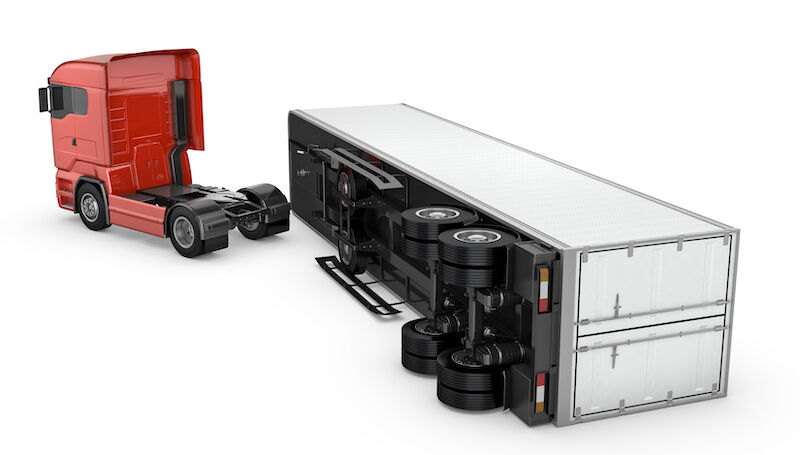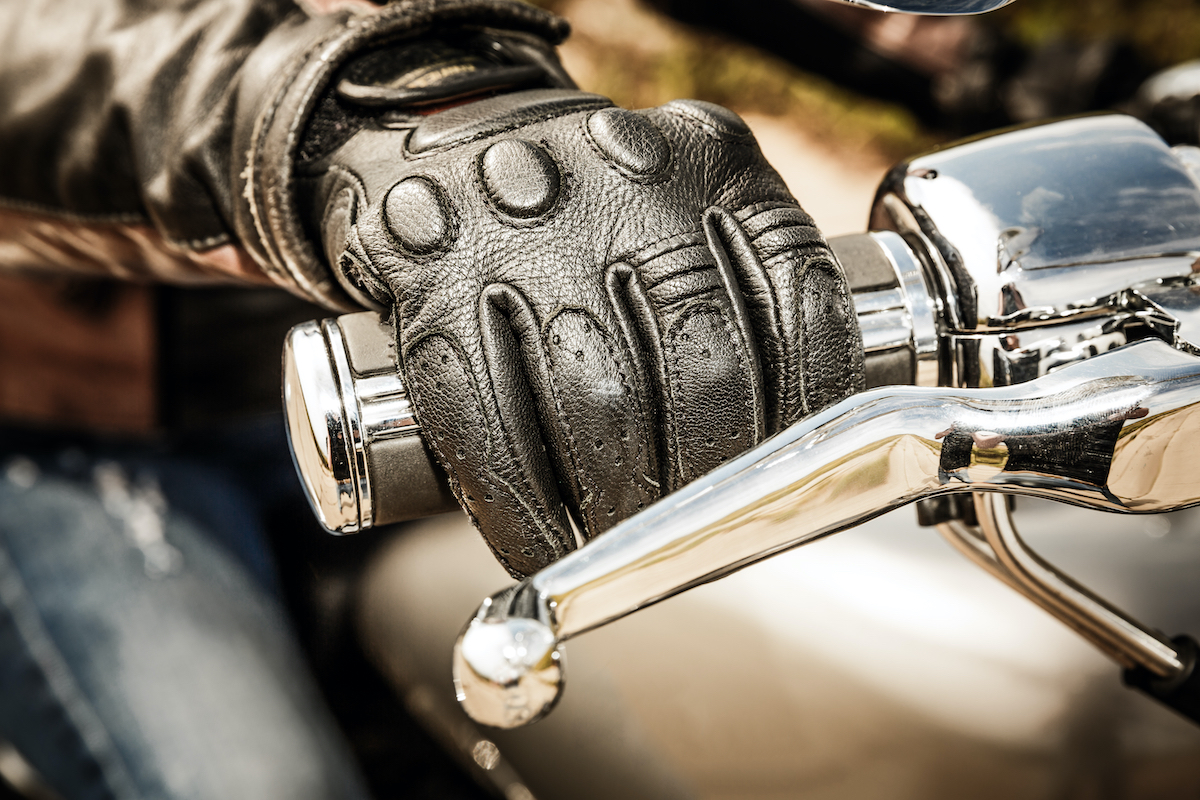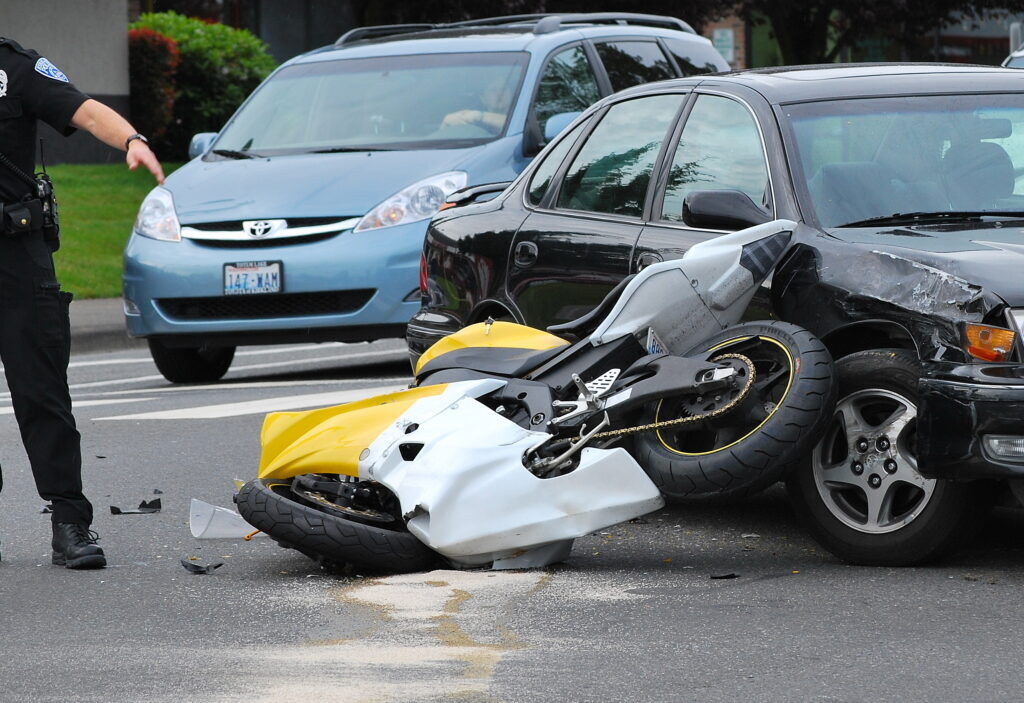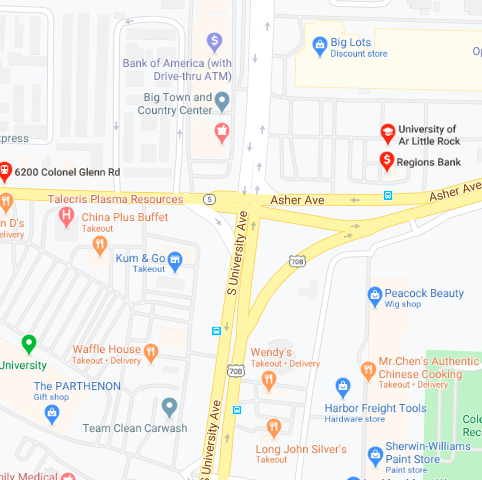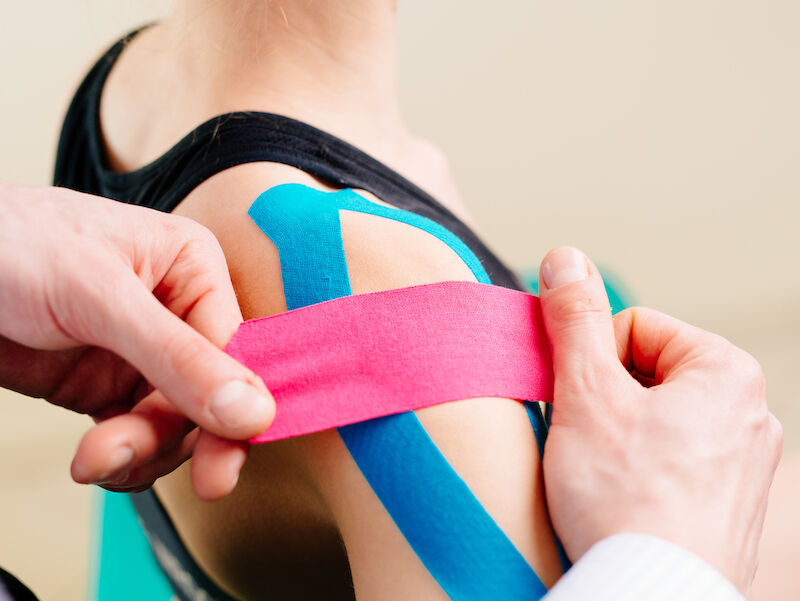Arkansas Motorcycle Accident Lawyers
According to the National Highway Traffic Safety Administration, 5,286 motorcyclists lost their lives in traffic crashes in 2016 alone. This represented a 5.1% increase in fatalities from the previous year.
In 2015, more than 88,000 motorcyclists were injured in crashes that ranged from serious drunk driving crashes to minor low-speed accidents. Unfortunately, even in minor accidents that occur at low speeds, motorcyclists can sustain serious injuries. Unlike cars, motorcycles do not have reinforced steel cages and airbags protecting their riders from harm—motorcyclists sustain the majority of the injuries.
We’re here to help.
Respect
We treat all our clients with the utmost respect.
No fee
Our No Fee Guarantee® means you pay us nothing unless we win your case.
24/7 access
You get access to our legal team anywhere, anytime.
NATIONALLY RESPECTED. LOCALLY TRUSTED.
Top Eight Safety Tips
To minimize the risk of getting into a serious accident and suffering injury, it is important to take the necessary steps to protect yourself. That’s why our team at Rainwater, Holt & Sexton has compiled the top safety tips for motorcyclists, both before you start riding and while you’re out on the road.
- Be Prepared
- Follow Traffic Rules
- Ride Defensively
- Be Alert
- Stay in Your Comfort Zone
- Know How to Drive in Inclement Weather
- Know How to Ride in a Group
- Understand What to Do if You’ve Been in an Accident
Wear The Proper Gear
When it comes to motorcycle safety, wearing the right gear can change your life. Be sure you purchase bright and reflective clothing that can help you stand out on the road or in traffic. While black may look cool, it can make it even more difficult for drivers to notice bikers, increasing the chance of serious accidents. It may seem simple, but high visibility clothing and reflective tape can help save your life.
Before hitting the open road, be sure you’re dressed in the appropriate safety gear, including:
Even though Arkansas law doesn’t require adult riders to wear helmets, safety experts agree that all riders should wear a DOT-approved motorcycle helmet. Motorcycle helmets saved the lives of 1,870 motorcyclists in 2017 alone and they have been shown to reduce the risk of serious head injury by 69%.
Riders who wore full protection motorcycle jackets suffered fewer injuries during crashes and were closer to a full recovery six months later. That’s because motorcycle jackets protect your skin from road debris, burns, road rash, and lacerations.
Like motorcycle jackets, long pants should be worn when riding a motorcycle. Riders can suffer serious, disfiguring injuries due to road rash or burns when their skin isn’t protected during a crash.
Wearing close-toed shoes, such as motorcycle boots, can prevent devastating foot and lower leg injuries. Wearing comfortable but sturdy shoes while riding is necessary to protect your feet from the bike’s exhaust pipes, cold weather, road debris, and injury.
Injured in a motorcycle accident? Call us.
Follow Traffic Rules
Motorcyclists should follow traffic rules, even if they seem mundane. Traffic laws are there to protect motorcyclists and others who share the road. Even if you’re in a hurry, follow the rules of the road in order to avoid serious and fatal accidents. Some of those rules include:
- Follow all posted speed limit signs
- Wear DOT-approved helmets if under the age of 18
- All riders must wear appropriate eye protection
- Lane-splitting is not allowed in Arkansas, even in traffic
- Lane sharing is allowed – only two bikers per lane
- All motorcyclists must have a motorcycle license endorsement
- All motorcyclists are required to carry liability insurance – minimums 15/30/10
Ride Defensively
Defensive riding is a strategy that allows the motorcyclist to remain in control while riding. Riding defensively means constantly observing, anticipating, and planning ahead. It means always being on the lookout for what other drivers might do so that you can stay one step ahead of them and avoid serious or even fatal injuries. Defensive riding focuses on three main areas:
- Observing – Defensive riding requires motorcyclists to stay alert and constantly observe what is going on around them. This means vigilantly checking mirrors and being aware of the drivers around you as well as your changing surroundings.
- Anticipating – While you’re busy making observations, you should also identify potential hazards and dangers that could pose a serious threat to you on the road. This could be a car that’s inching forward at an intersection or a texting driver next to you.
- Planning – Once you’ve identified the hazard, defensive riding teaches you how to put yourself in a better position to avoid an accident. This might mean changing lanes, slowing down through an intersection, or giving yourself more time to stop suddenly.
Be Alert
When riding a motorcycle, staying alert and focused can literally save your life. Motorcyclists have to be extra cautious on the road because they need to watch for other drivers as well as changes in weather conditions, debris, and road surfaces. A pothole on the road, for example, may be a mere nuisance to a car or truck driver, but for a motorcyclist, it can be deadly. However, there are certain things that can impair a driver’s alertness, such as:
- Fatigue
- OTC or prescription medications
- Illicit drugs
- Alcohol
- Stress
Drunk driving is not only illegal, it can significantly impair a motorcyclist’s ability to remain alert and focused on the road. In the State of Arkansas, any driver operating a vehicle on the road with a Blood Alcohol Concentration (BAC) of 0.08% or greater can be arrested and charged with DUI. In addition to risking a DUI on your driving record, driving under the influence of alcohol can be deadly. In 2016, motorcycle riders were found to have the highest percentage of alcohol-related fatalities when compared to other types of vehicle drivers. In fact, 37% of motorcycle riders who died in single-vehicle crashes were driving impaired at the time.
Stay in Your Comfort Zone
Motorcycle riding is exhilarating but also dangerous. Motorcycle riders need to ride within their comfort zones. If you’re not comfortable with something, don’t do it. Trust your gut and only ride on certain roads or under certain conditions when you’re ready. If corners or tight turns make you nervous, for example, respect that fear and reduce your speed. Going around corners or turns at a lower speed will give you more control and help you remain calm throughout.
One of the best ways to be comfortable on your bike is to make sure that your bike is the right size and weight for you. When purchasing your first bike, visit numerous dealers to get a feel for different sizes and models. If it feels too big or too heavy, it probably is. You’ll want to choose a bike that is the right height, weight, and engine size for your body and your riding experience.
- The Right Weight – You need to get a feel for the weight distribution from side to side. A good fit should allow you to control the bike with ease. This might mean choosing a bike that is lighter so you can control the bike when it begins to lean over.
- The Right Height – The right bike will also allow you to sit on the seat and still have both feet flat on the ground. Additionally, check to see how far from the seat your foot and hand controls are. Are you overreaching?
- The Right Engine Size – If you are a beginner, choose a lower powered engine because these are easier to control for less experienced riders.
Know How to Drive in Inclement Weather
Riding in bad weather can be risky for motorcyclists. Whenever possible, motorcyclists should avoid riding in poor weather. However, there are times when you may have no choice. Maybe a sudden rainstorm occurs while you’re already out on the open road or the wind picks up along a stretch of highway when you least expected it. When you’re forced to ride in bad weather, heighten your sense of awareness and follow these tips:
- Wear a full-face helmet to improve vision
- Go slower than the speed limit
- Double the distance between yourself and other vehicles
- Avoid road paint — it gets slick when wet
- Ride staggered in bad weather
- Don’t ride through puddles
- Avoid shiny-looking surfaces, as they could be ice or an oil slick
- Remain calm
Understand What to Do if You’ve Been in an Accident
Sometimes, even when you take all the necessary safety precautions, make all the necessary safety checks, and ride defensively and safely, accidents still occur. This is because the vast majority of motorcycle accidents are caused by other drivers who simply fail to recognize the motorcyclist on the road. They may turn left into the path of an oncoming motorcyclist, open a car door into their lane, or change lanes into their path.
An experienced and compassionate motorcycle accident lawyer can help you obtain the money you need to put your life back together again. You are entitled to financial compensation for the damages you’ve suffered. This includes medical bills, lost wages, loss of future earnings, bike repair costs, and pain and suffering.
Our Motorcycle Accident Case Results
$1.9MIL
Leg Amputation Motorcycle Accident
$245,000
Third Degree Burns/Severe Skin Abrasions Motorcycle Accident
$125,000
Leg Injury Motorcycle Accident
$400,000
Wrongful Death Motorcycle Accident
Personal Injury Law Resources








